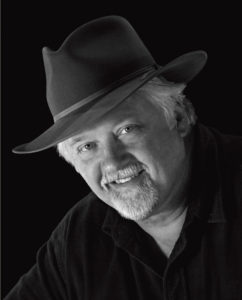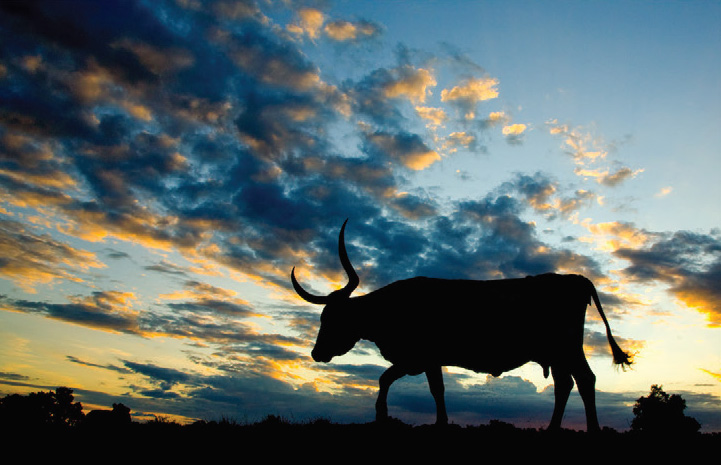 by
by
Doug Box
Texas School Instructor
Silhouettes make striking and dramatic photographs.
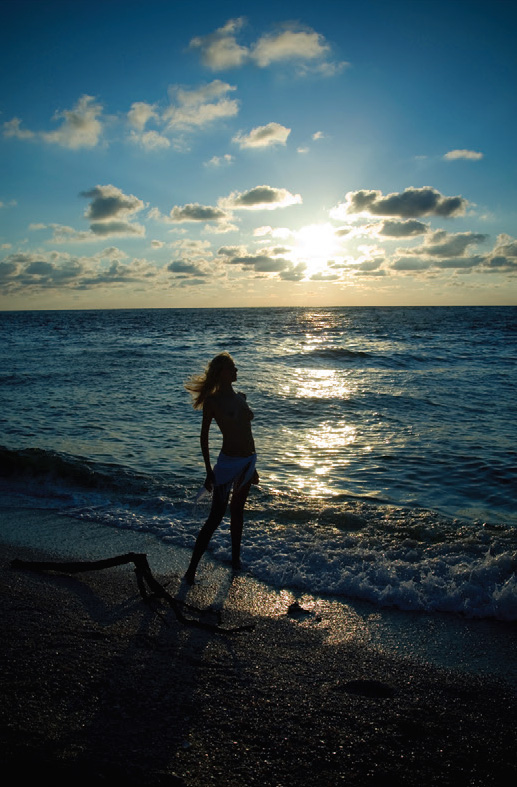 When viewing art, your eye typically goes to the part of the image with the most contrast or the brightest area. When you photograph a silhouette, you almost force the viewer to look where you want them to look because most of the image is black or almost black. There is, therefore, “inherent contrast.”
When viewing art, your eye typically goes to the part of the image with the most contrast or the brightest area. When you photograph a silhouette, you almost force the viewer to look where you want them to look because most of the image is black or almost black. There is, therefore, “inherent contrast.”
As I started to study photography and to experiment with different styles, I developed a system for making great silhouette images. My favorite part of these images is the bit of mystery they create. Silhouettes can also leave some of the story to the viewer’s interpretation.
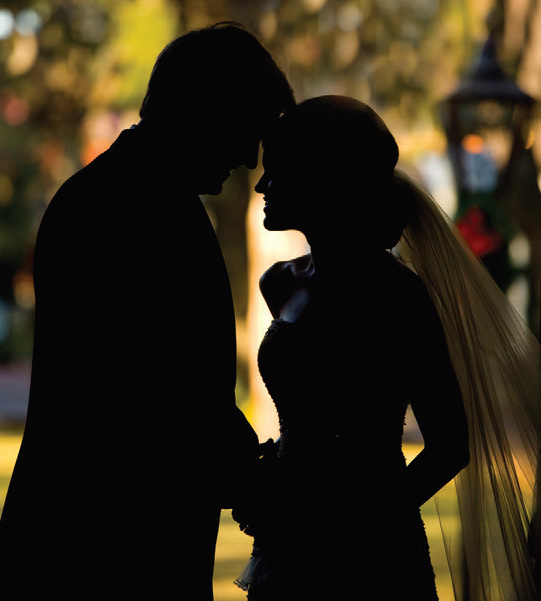
When creating a silhouette, you should make sure that your images tells a story. The stronger the subject, the stronger the story and the more recognizable the subject will be. In the wedding silhouette, the bride actually tells more of the story than the groom for several reasons. First of all, she has more shape. Secondly, the veil helps tell the story. Also, the small portion of light on her shoulder and chest gives her more definition. Finally, she is more isolated from the background than the groom.
It is also important to isolate the subject in a silhouette. Using the bride as an example, try to keep the subject from blending in with the background. Sometimes a lower camera angle or simply shooting from the ground will accomplish this, as shown in the photo of the longhorn.
Properly metering for a silhouette is also important. Sometimes there is so much black in the scene that, if you use an averaging or center-weighted meter setting, the meter might be fooled and will recommend an exposure that will over-expose the silhouette.
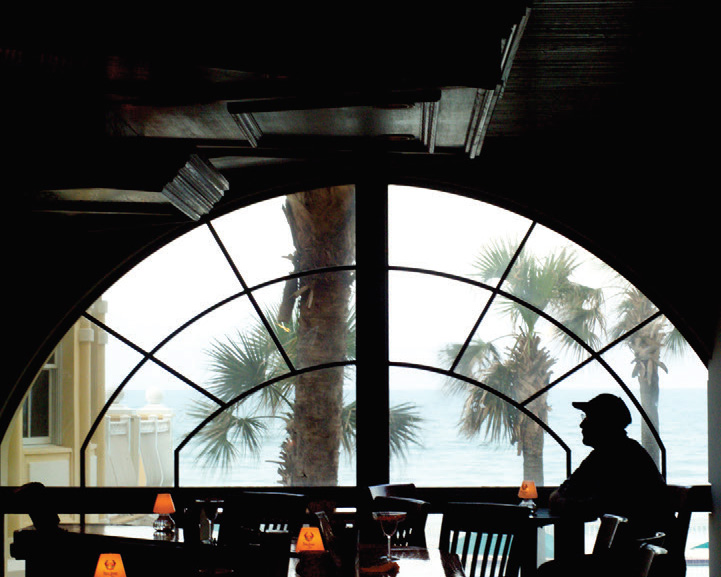 For a proper silhouette exposure, you should have at least three f-stops difference between the subject and the background. One of the easiest ways to do this is to have your subject indoors, against an outdoor background as in the example of the man in the bar.
For a proper silhouette exposure, you should have at least three f-stops difference between the subject and the background. One of the easiest ways to do this is to have your subject indoors, against an outdoor background as in the example of the man in the bar.
